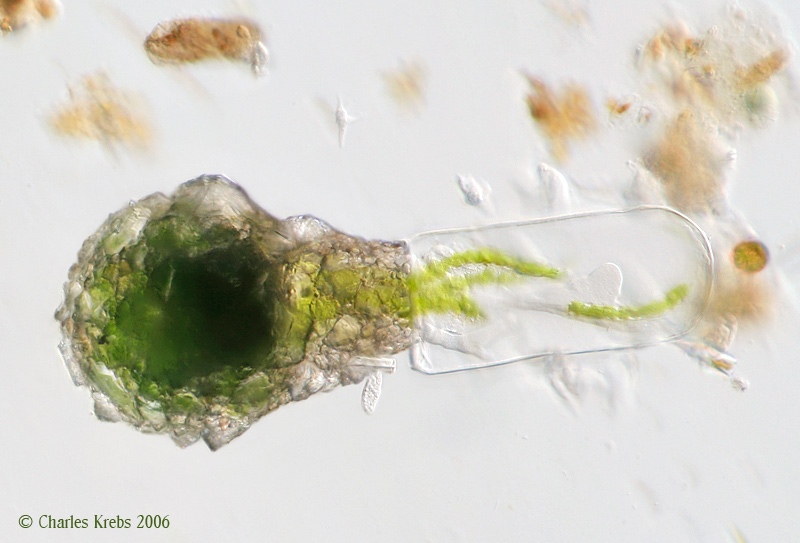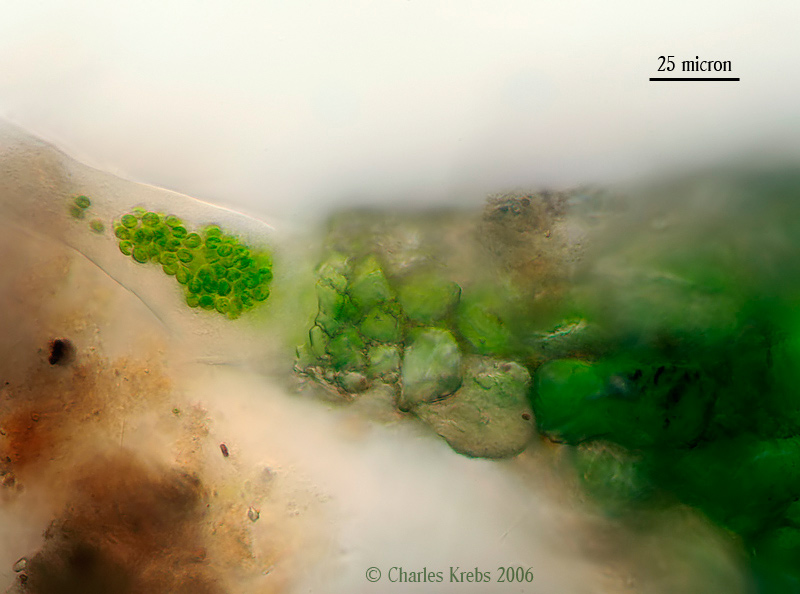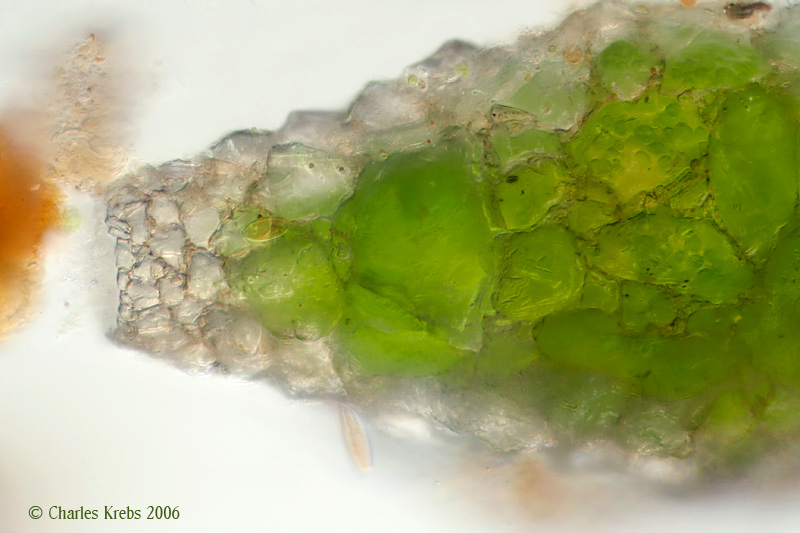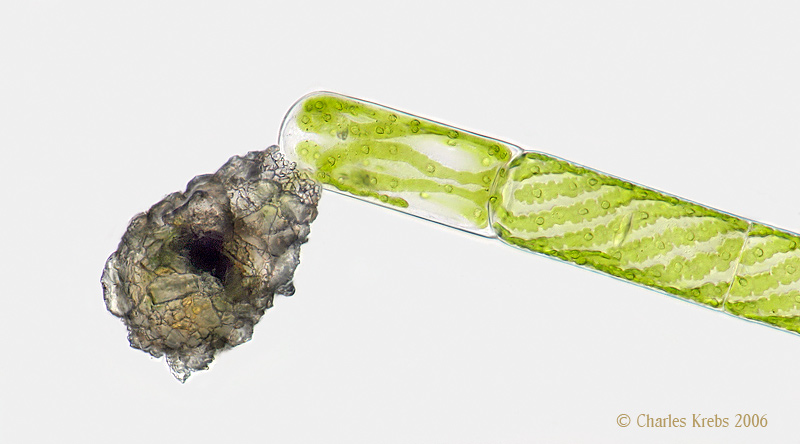Bernhard... thank you for that information! It will help my search for answers. That is exactly what I meant when I said this raises questions in my mind. It does seem like the spirogyra would be no more than "prey". But to my (uninformed) eye, it sure does look like these amoeba carry many "healthy looking" alga cells around inside them.
If you remember the 100X shot of the one that had been "squashed":
http://www.photomacrography.net/forum/v ... .php?t=609
the alga cells look pretty good. If they are no more than food I wonder how long it takes before there is any obvious sign of deterioration. Also the appearance of the alga in the amoeba is so different from the spirogyra chloroplasts.
.... and how do they make those cool looking tests?
Selecting the perfect size particle and "glueing" it in place like an experienced stone mason!

... these little creatures are quite amazing.






